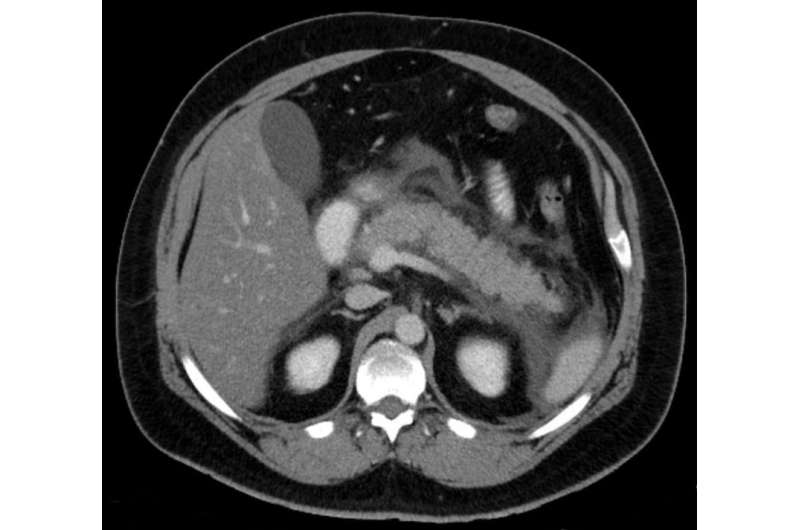
Medical experts in Australasia have raised concern about the rising burden of severe acute pancreatitis (SAP) in intensive care units, with no change in mortality rates in these critically ill patients in almost two decades.
In the absence of a specific cure for acute pancreatitis, the Flinders University and Australian and New Zealand Intensive Care Society (ANZICS) collaborative study calls for more targeted clinical research to find treatments aimed at reducing prolonged stays in hospital and mortality in a disease which is increasingly common.
In some parts of the world, the severe form of the disease leads to death in up to 40% of cases. In high income countries, the incidence of acute pancreatitis has been rising over the last 60 years, with mortality rates fluctuating between 6.9 million and 11.7 million persons per year.
Only 2 in 3 people (67%) will survive within one year after a diagnosis of SAP that necessitates an admission to ICU, according to a 2022 study by the Dutch Pancreatitis Study Group.
“While SAP patients in Australia and Aotearoa New Zealand ICUs experience some of the lowest mortality rates in the world (12% in hospitals and 8% in ICUs), the unchanged mortality rates signal the need for us to investigate strategies to improve these outcomes,” says Monash University Professor David Pilcher, who leads the ANZICS Centre for Outcome and Resources Evaluation.
The new study, based on analysis of ANZICS clinical data from 12,635 SAP adult patients, covers three consecutive six-year time periods from 2003-2020.
No difference in adjusted hospital mortality and ICU mortality rates were noted, although the median length of hospital admission reduced slightly, from 13.9 days in 2003-08 to 13.1 days in 2009-14 and 12.5 days in 2015-20. No difference in length of ICU stay was noted and the cost of managing SAP in Australian and New Zealand ICUs remained constant over the three time periods.
Lead author Flinders University Associate Professor S. George Barreto, a Flinders Medical Centre surgeon, says the study reinforces the need to focus on developing strategies to more effectively predict the severity of the disease at admission, as well as the need for research into effective treatments to prevent the disease progressing from mild to the severe form that is characterized by persistent organ failure.
“It appears that by lowering the threshold to transfer patients with SAP in organ failure to ICU where their organ failure is best managed may be contributing to the comparatively better mortality rates noted in our study,” he says.
Associate Professor Barreto presented the findings of the study—that covers 98% of Australian and 67% of Aotearoa New Zealand ICUs—at the recent Annual Scientific Congress of the Royal Australasian College of the Royal Australasian College of Surgeons.
The findings are published in the journal Pancreatology.
Flinders University

